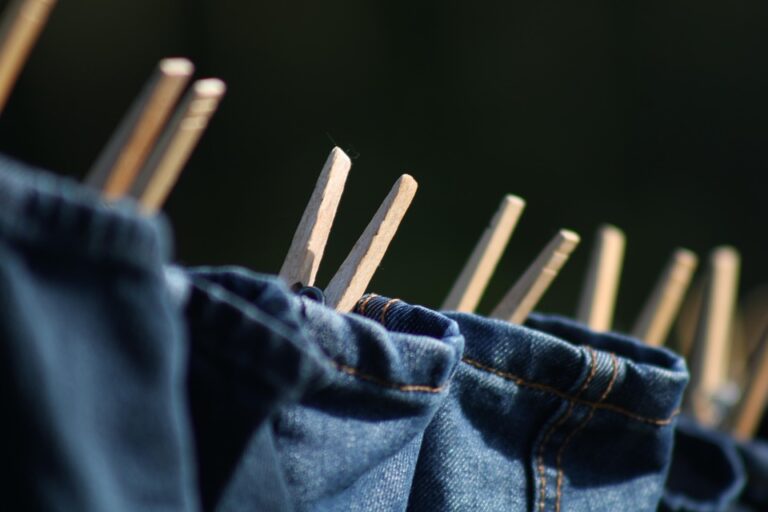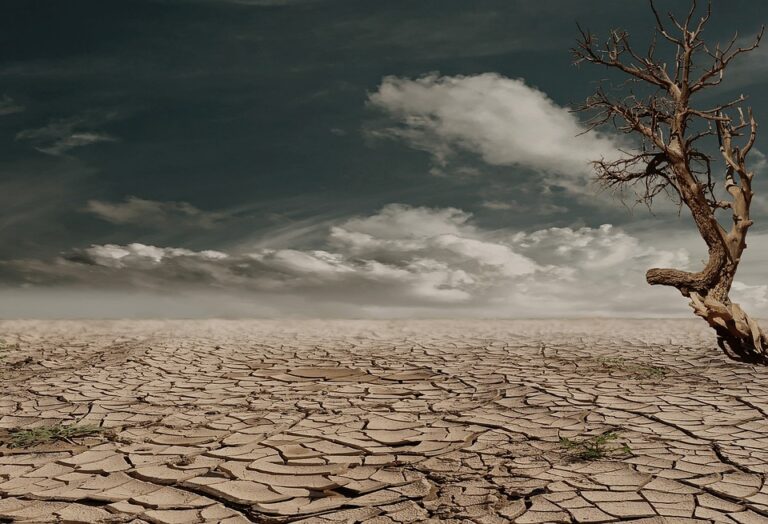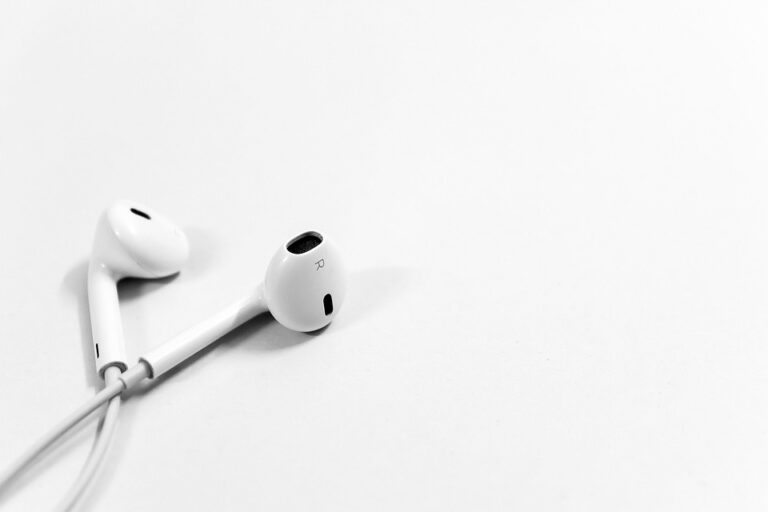
Understanding the Common Types of Whiteboard Markers: A Complete Guide for Effective Use
In the realm of education and business, the humble whiteboard marker has become an essential tool. Yet, how often do we pause to consider the different types available? This guide delves into the various categories of whiteboard markers, offering insights that will enhance your experience whether in a classroom, meeting room, or your home office.
1. Dry Erase Markers
The quintessential choice for any whiteboard user, dry erase markers are renowned for their versatility. Available in a spectrum of colours, these markers typically use a solvent-based ink that dries quickly, allowing for easy writing and, importantly, effortless erasing. However, it’s crucial to differentiate between low-odour and traditional formulations. Low-odour markers are particularly beneficial in enclosed spaces, as they emit fewer volatile organic compounds (VOCs), making them a healthier option for prolonged use.
Consider this: Would you rather sacrifice your comfort for a vibrant colour palette? Perhaps a balance can be struck by choosing a brand that offers both quality and a reduced odour.
2. Permanent Markers
Now, let’s pivot to a different breed—the permanent markers. While they may not be the first choice for whiteboards, understanding their properties is essential. Permanent markers use a different ink formulation that adheres to surfaces more robustly, which can lead to unfortunate stains on whiteboards. However, they shine in specific contexts; for instance, when marking on non-porous surfaces or when you need something that lasts.
Here’s a thought: Have you ever found yourself in a situation where a permanent mark was exactly what you needed, but not on a whiteboard? The trick lies in knowing when to wield these markers wisely.
3. Wet Erase Markers
Wet erase markers serve a unique purpose, primarily used for projects that require a longer-lasting solution. These markers contain ink that remains on the board until it’s wiped away with a damp cloth. Ideal for creating schedules or diagrams that need to withstand the test of time—at least until your next meeting—wet erase markers are a fantastic choice for those who want their ideas to stick around a bit longer.
But one must ask: can the convenience of a quick wipe compromise the permanence you desire? It’s a delicate balance, and the answer hinges on the intended use.
4. Highlighters
Ah, the highlighter—a tool that transcends the world of whiteboards and finds its place in students’ backpacks and professionals’ document bags alike. These markers can be used on whiteboards for emphasising key points during a presentation. Their sheer vibrancy can draw attention, but caution is warranted; some highlighters may bleed or leave a residue that’s difficult to erase.
So, what’s the takeaway? Utilise highlighters sparingly on whiteboards, and always test a small area first to avoid any unwanted surprises.
5. Specialty Markers
Lastly, we must not overlook specialty markers. These whimsical tools include glitter, metallic, and neon varieties that can add flair to your presentations. While they may not be the go-to for everyday use, they can transform a mundane meeting into a visually captivating experience.
One wonders, though: does style outweigh substance? Strive for a balance; after all, while a dazzling presentation can engage, clear communication is paramount.
A Lasting Impression
In the end, the choice of whiteboard marker can significantly influence the effectiveness of your communication. By understanding the unique qualities of each type, you can enhance your presentations, streamline your notes, and ultimately achieve a clearer conveyance of ideas.
As you navigate the world of stationery, remember that BargainsTrust continues to bring you a curated selection of quality products to elevate your everyday life. Explore wisely, and may your whiteboard always be a canvas of creativity and clarity!







